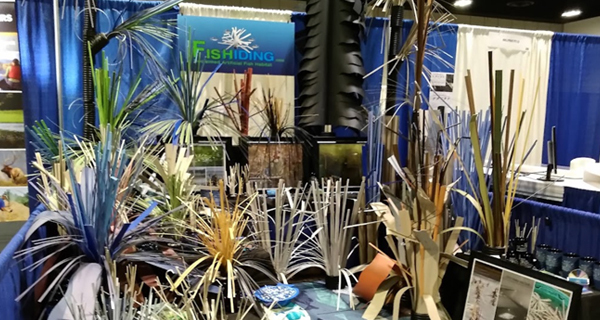CRU Corner: Rating Fish Habitat Impairment in Our Nation’s Reservoirs
Posted by David Ewald on 4th Jan 2016
The U.S. Geological Survey Mississippi Cooperative Fish and Wildlife Research Unit surveyed habitat impairment in U.S. reservoirs and developed a tool for rating reservoirs relative to fish habitat status. The habitat ratings provide a measure of the overall habitat impairment status of a reservoir and can be used for rapid assessment and for comparing reservoirs. The ratings provide a method to quickly identify high-quality reservoirs for protection and degraded reservoirs for rehabilitation. Comparison of ratings among reservoirs facilitates prioritization of restoration activities.
As the median age of U.S. reservoirs surpasses 70 years, degradation of fish habitat has become a serious concern. Habitat issues such as sedimentation, excessive nutrient loadings, and lack of submerged structure may emerge and worsen over time, and are accompanied by undesirable shifts in reservoir fish assemblages and fisheries. These shifts can have important conservation, recreation and economic implications. Some reaches of reservoirs can support distinct and speciose fish assemblages that help conserve fish in upstream river reaches. According to a 2011 survey, exclusive of the Great Lakes, 84 percent of freshwater recreational anglers (23 million) fish in reservoirs and lakes generating $22.8 billion in retail sales. Nevertheless,....more


